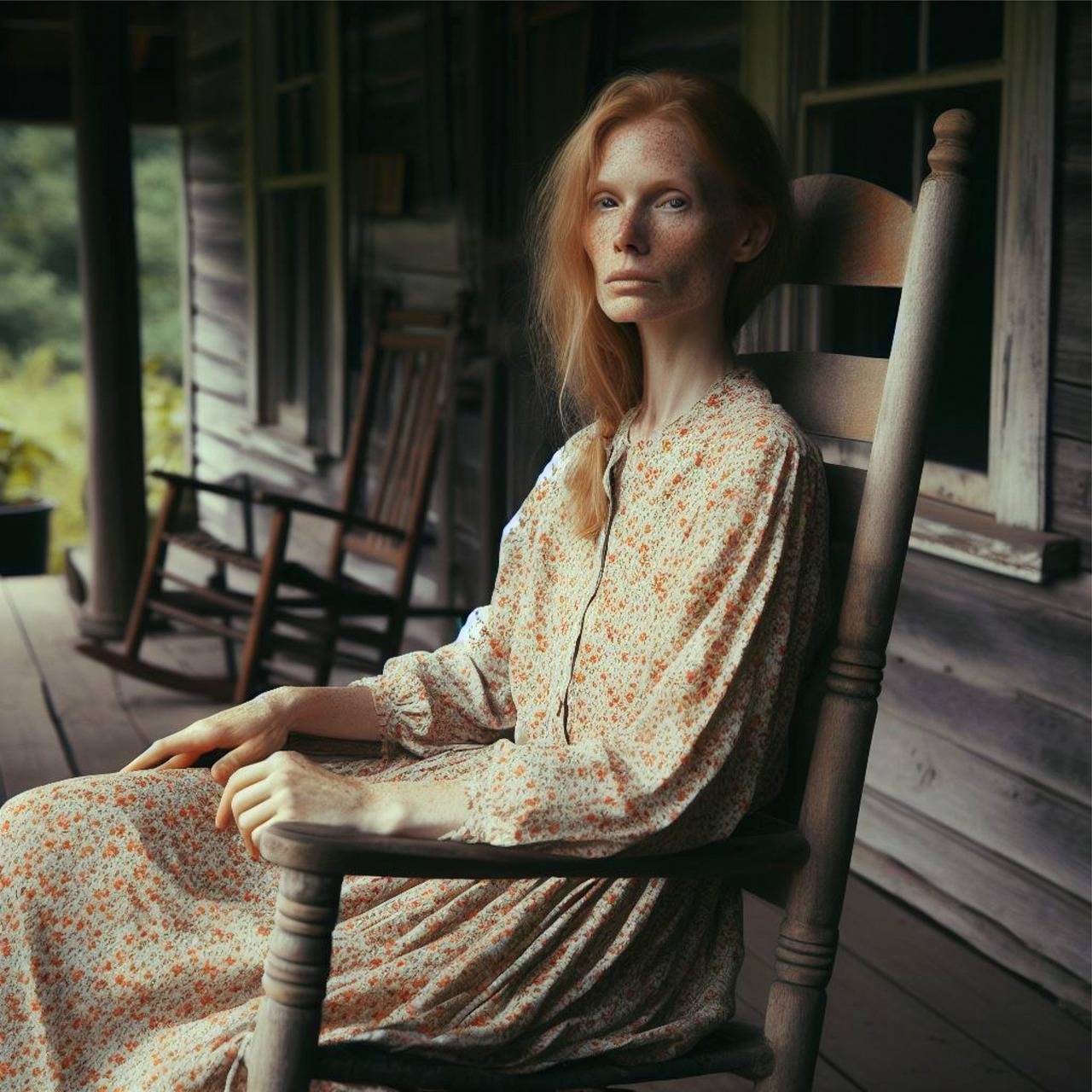The Business of Fashion Merchandising: Strategies for Maximizing Sales and Visibility
When it comes to successful fashion merchandising, understanding the target market is crucial. Researching and identifying the preferences, behaviors, and buying patterns of the consumers can give valuable insights into what products to offer and how to market them effectively. By keeping abreast of the latest trends and listening to the feedback from customers, fashion merchandisers can ensure that their offerings align with the demands of the market.
Another key factor for successful fashion merchandising is effective inventory management. Keeping track of stock levels, analyzing sales data, and forecasting demand are essential tasks that can help prevent overstocking or understocking issues. By maintaining a balance between supply and demand, fashion merchandisers can optimize their inventory turnover rate and maximize profitability. Additionally, staying organized and efficient in the merchandising process can streamline operations and improve overall performance.
Understanding Consumer Behavior in Fashion
When it comes to consumer behavior in the realm of fashion, various underlying factors influence individuals’ decision-making processes. One significant aspect to consider is the psychological element of how consumers perceive themselves in relation to the clothing they wear. This self-perception often dictates the type of fashion items consumers choose to purchase and the brands they decide to align themselves with.
Additionally, societal influences play a crucial role in shaping consumer behavior in the fashion industry. Cultural norms, social media trends, and celebrity endorsements all impact the way consumers engage with fashion products. Understanding these external influences is essential for fashion businesses looking to effectively target their desired consumer base and create relevant marketing strategies.
Effective Visual Merchandising Techniques
Visual merchandising plays a crucial role in capturing the attention of customers and influencing their purchasing decisions. One effective technique is to create visually appealing displays that highlight key products and trends. By strategically arranging merchandise in an eye-catching manner, retailers can draw in customers and encourage them to explore the store further.
Another important aspect of visual merchandising is creating cohesive and themed displays that engage customers and evoke emotion. Using elements such as color, texture, and lighting can help convey a specific mood or aesthetic, making the shopping experience more memorable and enjoyable for consumers. Additionally, incorporating storytelling into displays can create a connection between the products and customers, enhancing brand loyalty and increasing the likelihood of making a purchase.
What are some key factors for successful fashion merchandising?
Some key factors for successful fashion merchandising include understanding your target audience, staying up-to-date with current trends, having a cohesive brand image, and utilizing effective visual merchandising techniques.
How important is it to understand consumer behavior in fashion?
Understanding consumer behavior in fashion is crucial for a successful merchandising strategy. By knowing what your target audience wants and how they make purchasing decisions, you can tailor your displays and promotions to meet their needs.
What are some effective visual merchandising techniques?
Some effective visual merchandising techniques include creating eye-catching displays, using color and lighting strategically, arranging products in an appealing way, and incorporating storytelling elements into your displays. These techniques can help attract customers and drive sales.





